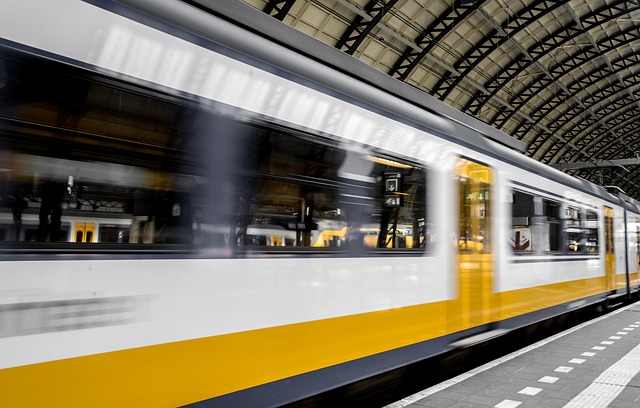The modern commute is evolving as individuals seek convenience, comfort, and seamless connectivity in their daily journeys, driven by changing real estate expectations and a shifting urban landscape. Mixed-use communities integrating residential, commercial, and recreational spaces are emerging to reduce travel stress and time. Commuters now demand properties with quick commutes, smart home technologies, efficient energy solutions, and amenities tailored to their digital lifestyles. Real estate developers must incorporate high-speed internet, smart transportation, proximity to tech hubs, advanced security, and automated systems to meet these changing desires, reshaping urban spaces with innovative tech-forward solutions.
In today’s digital age, the commuter experience has undergone a profound transformation, reshaping expectations and prioritizing convenience. The rise of remote work, evolving lifestyles, and technological advancements have prompted commuters to seek more efficient and streamlined daily journeys. This article delves into the changing commute landscape, exploring how real estate strategies can cater to these needs by integrating location-based amenities, mixed-use developments, and innovative solutions like ride-sharing apps and smart traffic management systems. Discover successful projects that exemplify enhanced commuter experiences and glimpse into future trends redefining urban livability through convenience, sustainability, and efficiency in the realm of real estate.
The Changing Commute Landscape: Understanding Commuter Needs

The commute, once a consistent routine, is evolving with the dynamic nature of modern life and the rapid advancements in real estate development. Today’s commuters are not just looking for efficient travel routes; they crave convenience, comfort, and seamless connectivity. The changing landscape demands innovative solutions that cater to these diverse needs. From shared mobility options to smart transportation hubs, urban planning is now focused on creating a more integrated and accessible environment.
Understanding commuter behavior is key to shaping the future of daily journeys. With many individuals juggling work, family, and social lives, flexibility and efficiency are paramount. Real estate developers and urban designers are collaborating to offer mixed-use communities with residential, commercial, and recreational spaces within close proximity. This holistic approach ensures that commuters can seamlessly transition from home to work or leisure, reducing travel stress and time.
– Discuss the evolving expectations of commuters in today's digital age.

In today’s digital era, commuters are developing increasingly sophisticated expectations. They’re no longer satisfied with merely functional travel experiences; instead, they crave seamless connectivity and convenience at every step. This shift is driven by the omnipresence of technology, which has made information and services more accessible than ever before. Commuters now expect real estate options that not only offer quick commutes but also integrate smart home technologies, efficient energy solutions, and amenities tailored to their digital lifestyles.
The evolving landscape of urban living demands that real estate developers keep pace with these changing desires. Modern commuters seek out communities that prioritize high-speed internet access, smart transportation systems, and proximity to tech hubs or bustling business districts. They appreciate buildings equipped with advanced security systems, mobile app-enabled access controls, and automated home systems that simplify their daily routines. This new norm is reshaping the way we think about urban spaces, pushing developers to create innovative, tech-forward solutions that cater to the digital age’s unique commuter needs.
– Highlight the impact of remote work, changing lifestyles, and technology on daily commutes.

The modern world has witnessed a significant transformation in daily commutes, largely driven by remote work trends, evolving lifestyles, and technological advancements. In recent years, the real estate sector has noticed a distinct shift as more people opt for location-flexible jobs, allowing them to live further away from urban centers traditionally considered essential for employment. This change has resulted in shorter commutes for some, but also presented new challenges for others who now face longer travel times.
Technological innovations like video conferencing and cloud-based tools have further complicated matters. Workers can now collaborate effectively remotely, blurring the lines between home and office. Consequently, the notion of a fixed daily commute has become less relevant, impacting real estate preferences and demands. With these factors at play, commuters are increasingly seeking convenient living options that cater to their flexible lifestyles, reshaping the landscape of urban and suburban real estate.






